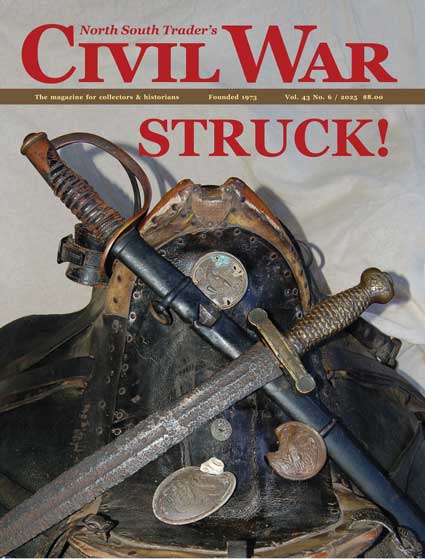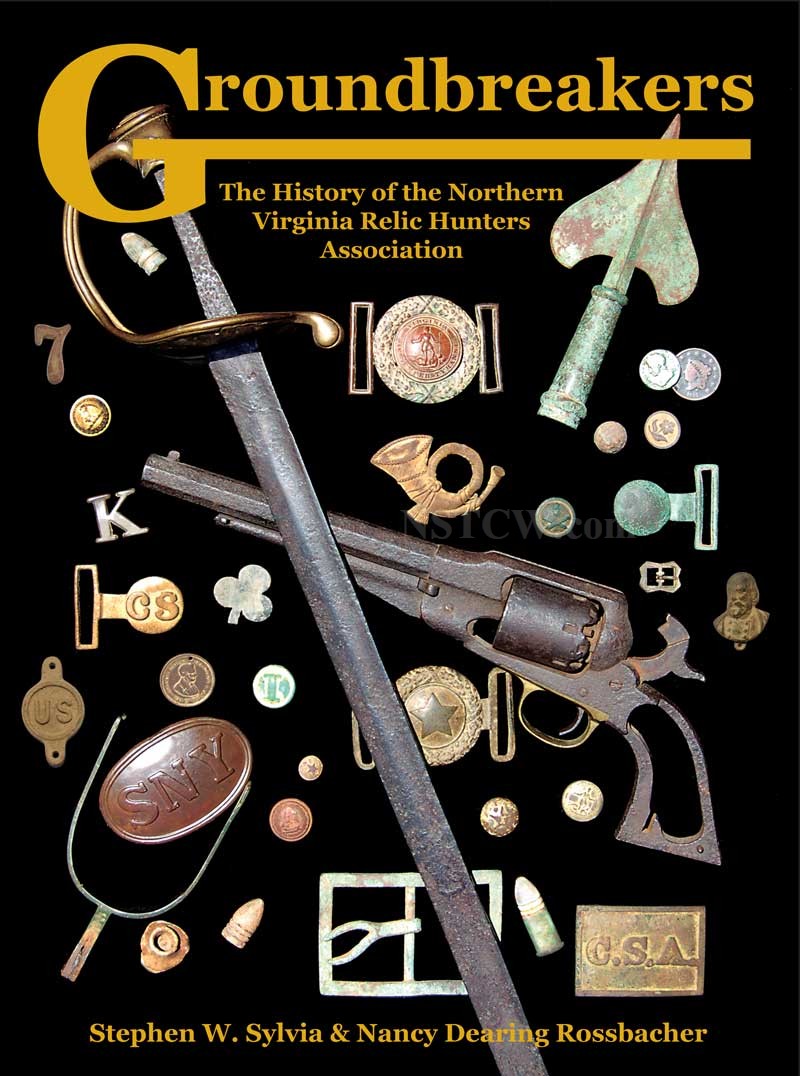|
Publisher's Forum Issue: 37-2 |
|
On healing wounds
As the veterans aged, many realized that the war was the most significant event of their lives and perhaps of their nation's life. They strove to understand what they had participated in. They searched to the end of their days for closure to the horrors they experienced. As their lives wound down, they sought to make peace with one another and with themselves. They hoped to make the sacrifices they'd endured worthwhile. They wrote of their experiences in thousands of biographies and memoirs. They published their diaries and collections of wartime letters. They went on speaking tours, donned their musty old uniforms and marched in countless parades, they raised and donated money for statues, monuments, and historical markers. They used any excuse to congregate, reminisce, and seek solace. The nation watched as those aging vets continued their journey toward peace and understanding and forgiveness. The formation of the Federal army veterans' organization, the Grand Army of the Republic (GAR), and its Southern counterpart, the United Confederate Veterans (UCV), surprised the world with their popularity and influence. The annual reunions drew thousands of spectators from across the nation for decades. The success of those pioneer veterans organizations led to the creation of the Veterans of Foreign Wars that proved so vital to vets of World Wars I and II, Korea, Vietnam, and today's Iraq and Afghanistan. There is no way to gauge how many confused and damaged Civil War combatants were saved by the existence of veterans' posts scattered across the land in every city and every state in the union. Those posts provided a haven where vets could share their experiences with the only people who could truly understand and console them: their fellow comrades in arms. Through their shared experiences, onetime enemy combantant began to view one another as brothers. These organizations also led to the creation of the National Battlefield Parks, which has proven to be the salvation of acres of hallowed ground that otherwise would have disappeared from the American landscape. The vets made pilgrimages to their battlefields and tenting grounds, reliving memories, visiting graves, gathering souvenirs, taking photos, and burying ghosts. Some even chose to spend the rest of their lives on or near the haunted old battlefields, finding more comfort from the past than the present. When one considers the desperation and anguish inflicted on hundreds of thousands of young American men during those four awful years, it seems incredible that any survived with their spirits intact. In those days there were prosthetics for missing limbs but there were no prosthetics for aching hearts, wounded souls, and tortured minds. There were no shrinks, no therapist's couches, no Veterans Administration hospitals to offer asylum. All they had was each other and the camaraderie offered by the GAR and the UCV. Many, lacking aid in assuaging their nightmares, headed west to continue warring as Indian fighters or to waste their lives as outlaws or besotted saddle tramps. Some traveled to foreign lands to fight for money or empty causes. Some simply went mad. I am always stunned by the ramblings and churlish musings of revisionists who differently interpret the valiant efforts of those veterans. Some choose to claim their postwar efforts were but a ploy to exonerate the South's evil addiction to slavery and conceal the war's sinister intent under the guise of an idealistic Lost Cause. One such author accused the old vets of both sides of being racists seeking to doom the former blacks to a modern economic slavery. He ignored the basic fact that very few of the combatants of either side fought for or against that issue. Rather, they fought to preserve the union, they fought to gain independence, they fought to repel an invader, and they fought for vague concepts of youthful idealism and adventure. I recently set up at the legendary Maryland Antique Arms Collector's Show near Baltimore, Maryland. Long known simply as "the Baltimore show,†it has well earned its reputation as one of the oldest and finest antique militaria shows in the nation. I attended my first Baltimore show at the old 5th Regiment Armory in the city many years ago to report on the show for the then-fledgling North South Trader. I was dazzled by the experience. There were relics that spanned the ages, from ancient Samurai suits of armor to Napoleonic British and French uniforms to World War II helmets and weapons. It was an occasion at which the giants in our field, men such as Bill Albaugh, Norm Flayderman, "Dewey†Albert, Andy Mowbray, and George Lower rubbed shoulders with the rest of us mere mortals. It was always an event at which inspiration could be found on the next table, where an answer to a quandary lay just an aisle away, where an elusive artifact awaited its destiny to fill that long-empty gap in someone's collection. I noticed during my first visit that many of the visitors were veterans of America's 20th century conflicts. They wore VFW caps, frayed Eisenhower jackets, pea coats, battered A-1 leather flight jackets, or some other item to signal to their peers who they were. They ambled the aisles looking at the militaria they once wore and used. They talked with one another about their war, their experiences, their hurts. It was subtle, but I could see it if I looked closely. They were healing before my eyes. Not a lot, maybe, but a little bit. I suddenly viewed such shows in an entirely different light. There was something far more valuable than the simple exchange of revered relics going on. I saw at this spring show that nothing has changed, except the wars. Now Vietnam vets and Gulf War vets have replaced most of those veterans of the World Wars and Korea. And they, too, are walking the aisles recognizing one another, a brief nod here, a short grin there, talking a bit, looking at the artifacts from their wars, and healing a little each time. As
always, I was honored to be in their company. |
| Past Publisher's Forums click an issue number to view |
| 43-6 |
| 43-5 |
| 43-4 |
| 43-3 |
| 43-2 |
| 42-3 |
| 42-3 |
| 42-3 |
| 42-3 |
| 42-3 |
| 41-6 |
| 41-5 |
| 41-1 |
| 40-5 |
| 40-4 |
| 40-3 |
| 40-1 |
| 39-6 |
| 39-5 |
| 39-4 |
| 39-3 |
| 39-2 |
| 39-1 |
| 38-3 |
| 38-2 |
| 38-1 |
| 37-6 |
| 37-5 |
| 37-4 |
| 37-3 |
| 37-1 |
| 36-9 |
| 36-6 |
| 36-5 |
| 36-4 |
| 36-3 |
| 36-2 |
| 36-1 |
| 35-6 |
| 35-5 |
| 35-4 |
| 35-3 |
| 35-2 |
| 35-1 |

